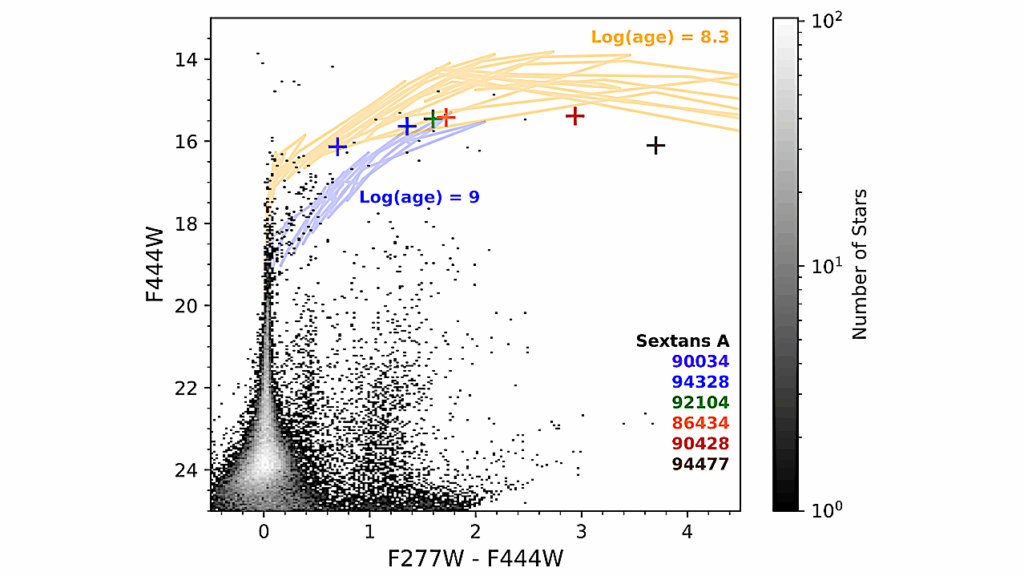First Observationally-Constrained Estimates Of Carbon In Mercury’s Near Surface

A striking feature of the surface of Mercury is the low-reflectance material (LRM), areas exhibiting 20-30% lower average reflectance that are often associated with impact craters, especially the ejecta and impact melt. Graphite, a form of carbon, is invoked as the darkening agent for these areas.
Enrichment of carbon in the subsurface is of interest because Mercury also features evidence of volatile-driven processes such as hollows formed by sublimation and pyroclastic deposits formed by explosive volcanism. Mercury is expected to be relatively volatile-depleted given its proximity to the Sun, but graphite can react to form volatile CO2 that could drive these processes.
Laura H. Lark of Brown University and her team investigated this proposed carbon enrichment by studying ten large impact basins which excavate deep material and redistribute it upward and outward. Assuming a simple layer model of basement material, LRM, and volcanic infill for these basins, which had been vetted for Caloris basin, Lark used impact craters within the basin to estimate depth to the LRM layer and its thickness based on whether the LRM appears in the ejecta or central peaks of the craters. The measurements indicate an LRM layer that is 4-15 kilometers thick. Prior studies estimate the graphite content of the LRM to be 2-7 wt.%. Combining these measurements, Lark and the team estimate at least 1.8 × 1019-2.3 × 1020 kilograms of carbon in the mercurian crust and upper mantle.
This first observationally-constrained estimate holds implications for the origin of carbon enrichment at Mercury, which is debated. The quantity exceeds that likely delivered via late accretion of carbon-rich material, effectively ruling out this mechanism, and is only marginally compatible with precipitation from a magma ocean. This suggests that Mercury was likely carbon-saturated early in its evolution and that carbon may be a key constituent of its core
Evidence for a carbon-rich Mercury from the distribution of low-reflectance material (LRM) associated with large impact basins, Earth and Planetary Science Letters (open access)
Astrobiology








